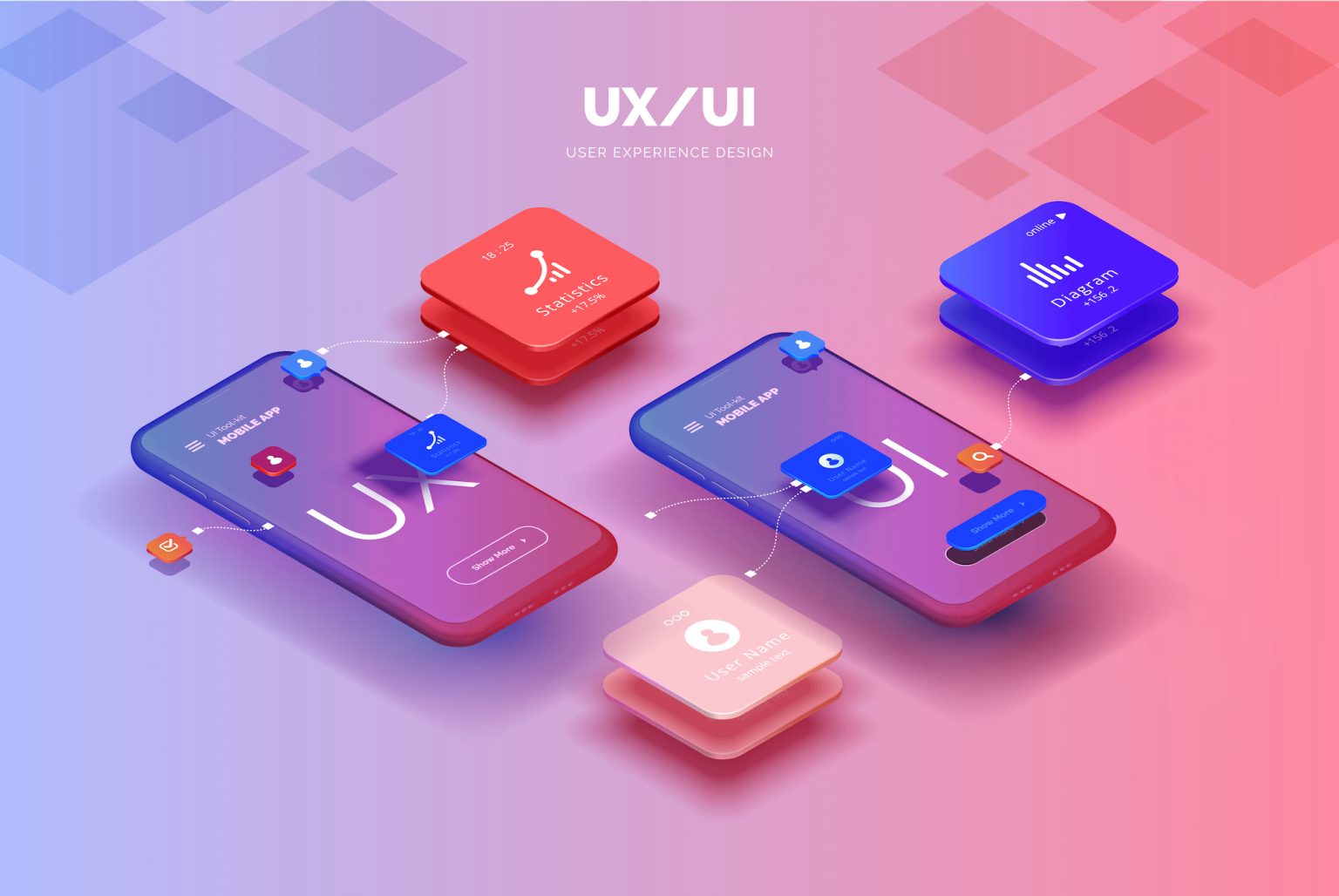
Mastering UI/UX Design in Software Development: A Guide to Enhancing User Experience
In the intricate world of software development, the harmonious blend of functionality and design epitomizes the essence of superior user experiences. The significance of User Interface (UI) and User Experience (UX) design transcends mere aesthetic value, serving as a pivotal instrument enabling software developers to deeply comprehend and adeptly cater to user requirements. This article delves into the vital role of UI/UX in crystallizing user needs into visually intuitive and functional software solutions.
Deciphering Initial User Needs
The inception phase of any software project is critical, with understanding user needs posing a significant challenge. Beyond gathering specifications, it necessitates a profound exploration of end-user psychology. At this juncture, UI/UX design emerges as a critical bridge, facilitating a seamless translation of users’ conceptual visions into actionable engineering blueprints.
Harnessing Visualization for Enhanced Communication
1. Overcoming Communication Barriers: Visual tools deployed by UI/UX designers effectively convey complex ideas, simplifying the communication of intricate workflows or abstract concepts between users and developers.
2. Prototyping as a Clarification Tool: Prototypes and wireframes bring to life the envisioned user interface, offering a tangible preview of the software’s design and functionality. This visual interaction fosters clarity, ensuring that user expectations align with the development outcome.
3. Fostering Empathy in Design: UI/UX design’s emphasis on empathetic design principles ensures a user-centered development approach. By stepping into the users' shoes, designers can anticipate and address potential user challenges, enhancing the overall usability and appeal of the software.
Capturing User Needs Through Design
UI/UX design's prowess extends beyond visualizing to capturing the core essence of user requirements:
- Intuitive User Journeys: Strategic UI/UX planning ensures smooth navigation, guiding users through a seamless software experience.
- Prioritizing User-Centric Design: By placing users at the heart of the design process, UI/UX tailors software interfaces to match user preferences, behavior, and expectations.
- Establishing a Feedback Loop: Interactive prototypes invite user feedback, creating a dynamic development process that adapts to meet user demands effectively.
Conclusion
UI/UX design stands at the forefront of successful software development, bridging the gap between technical functionality and user-centric design. It’s a strategic asset in software engineering, ensuring that solutions are not only technically proficient but also genuinely resonate with users. Embrace UI/UX design to elevate your software projects, transforming user insights into compelling, intuitive software experiences.